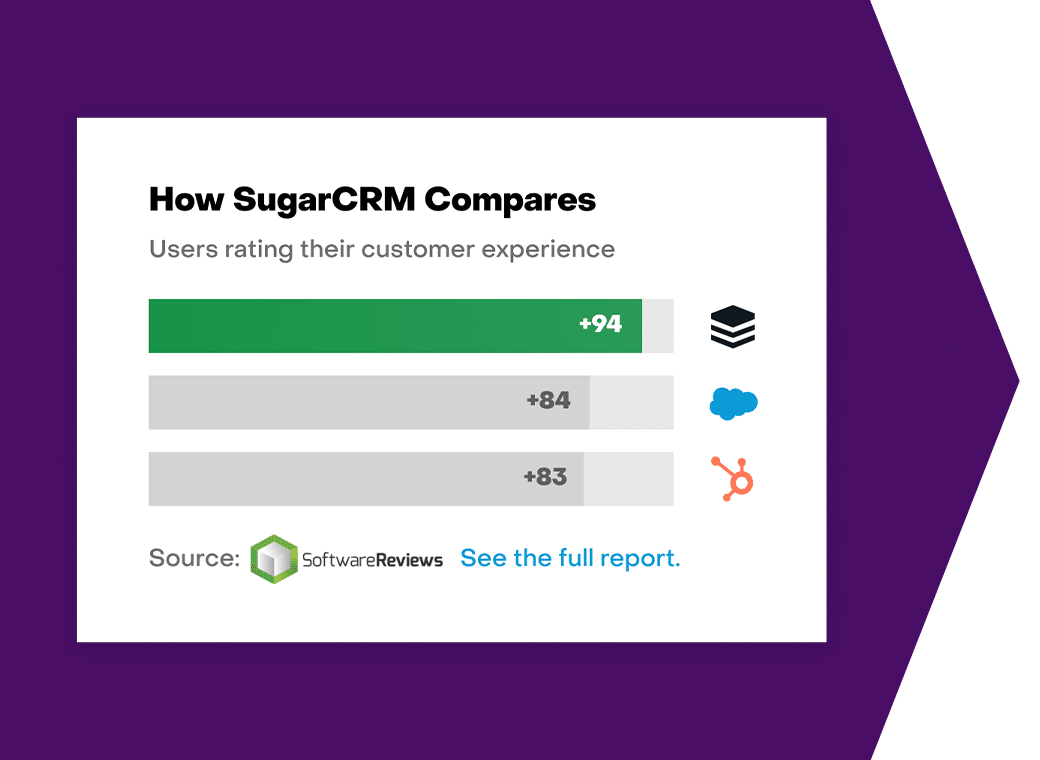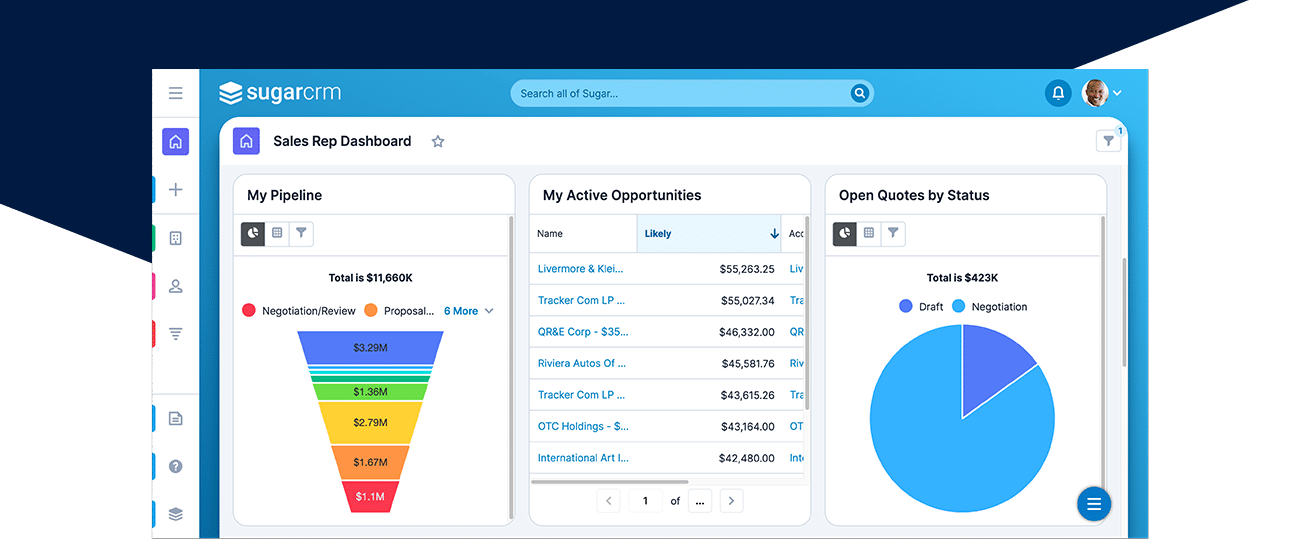Fuel Growth Podcast: Driving Sales in Manufacturing
On this episode of the Fuel Growth podcast series, my co-host Lizzy and I got to sit down with Paul Black, co-founder and CEO of sales-i, the leading sales intelligence software company for manufacturing and distribution companies worldwide. Paul has dedicated his career to revolutionizing the way businesses approach sales strategies and customer relationships. With an extensive background in technology and a passion for empowering sales professionals, Paul has emerged as a trailblazer in the field of sales intelligence.
We were extra excited to speak with Paul this week to understand more about sales intelligence and how having in-depth data can help your organization create and fuel a well-oiled go-to-market (GTM) machine.
What we'll Cover:
How Traditional Manufacturing, Distribution, and Wholesale Relationships are Starting to Break Down
1. Opening of the Market via the Internet
Manufacturers and distributors are being forced to compete in new ways and must quickly evolve their go-to-market approaches. In the past, most manufacturers went to market through distributors, especially for specialty goods that couldn’t be purchased in the local store. Nowadays, you can buy most things directly, even from other countries, and have them delivered directly to your doorstep, taking out the middle-man. Paul stated, “I did this just last week. I ordered something and had it delivered from Germany, and because it’s below a certain amount, I don’t have to pay tax, etc. This opens up the opportunity for manufacturers to sell directly but, more importantly, get to know and build a relationship with the end customer. So that’s important. They’re getting to know their needs and requirements. Now, what they are having to do is try to balance a distribution channel, who are also meant to be their partners in a sales outlet. But this is becoming more and more common, especially in repeat sales. It’s been a waterfall throughout all businesses since the Internet of Things (IoT) has become more intertwined in our lives. It’s become easier, but now you’ve got a massive play, which are all huge threats to the distributor—they’re wiping out complete wholesale giants with inside markets. But once again, it’s an opportunity for the manufacturers to sell direct. It’s giving a direct channel to the end user, which has now been simplified beyond all recognition, which is a major plus for the end user. And as I said, it’s leaning towards the consumer buyer at the moment, but it’s becoming more and more common in business-to-business sales.”
2. Attracting the Right Internal Talent
Across the board, the biggest challenge for companies is attracting the right talent in an incredibly competitive market. Paul said, “I think it comes down to one thing: a salesperson will go where he believes he can get the greatest recognition. And that’s down to the position for him, as well as the money. Being able to find and offer a salesperson a technology solution, which is going to direct him to new opportunities and higher earning possibilities, is an easy and good way to start attracting the right internal talent.”
3. Dealing with One Supply Chain Issue After Another
Paul noted that he believes the current supply chain issues are a fluid matter—they get a little bit better, and then they get a little bit worse. Rinse and repeat. He said, “We started with the massive Suez Canal issue when somebody decided to go and ground their boat there a number of years ago, and the world saw what effect just that canal could have. We’ve now got wars affecting it. We’ve got Russia and Ukraine, who are still not manufacturing. I remember when the market opened back up after COVID. There was no point for a sales representative to point out and say, ‘Thanks very much for buying product A, but you’re not buying product B from me’ when they currently couldn’t even supply product B. So, that is a big issue for manufacturers because they’re not getting the parts they need to build what they sell. And also the distributors because they’re not getting the product to go and supply to the customer. That’s why some secondhand items now are still more expensive than they were when they were made.”
4. Deflation
Deflation is a huge issue manufacturers, wholesalers and distributors are facing now. Paul said, “We’ve gone through a big period of inflation, and we’re now in deflation. Our customers have reported a good couple of sales years; their numbers have been up, they’ve had high revenue sales, and they’ve taken a lot of market share. But this year, their numbers are going to be down if they’re not already down. And the main reason for this has been charging much higher prices than what they’ve been to be able to do so before. Something that was $20 is now $100. Deflation now means that the item is going back to where it was, and sales are looking down. Before, a company could sell less of something, but its revenue would still be high. Customers now need to look at other units of measure rather than revenue—the number of items sold, the transaction lines, gross profit, etc. The issue is they’re hitting all of these numbers; they’ve been knocking them out of the park, but now, they’re selling less. They now need to sell more again just to get the same revenue result. And yeah, it’s not a great look for the for the customer, if you know what I mean.”
Adopting a Sales-Lead Culture in the Manufacturing Industry
1. Having Pillars for your Company and Aligning Everything You do to Them
Sales representatives are often the face of the company and the first point of contact for potential clients. A culture that values transparency, honesty, and customer service can help build trust and rapport with clients, leading to increased sales and repeat business. Paul stated, “Our pillars are honesty, loyalty, and hard work. For example, everyone can say a specific sales rep is talented, but how well they do all comes down to their attitude and their behavior. They need to be living our values, not relying solely on their talent.”
2. Encourage Risk—Take the Bad with the Good
Sales teams need to learn to deal with setbacks and failures; they can’t win every deal. Paul said, “Don’t be afraid of failure because we learn more in adversity. And when there’s an issue, we tend to learn more things than when they’re going right. And while, yes, you can also learn through a win, don’t get comfortable. My sales teams know that there’s no such thing as the next month. They also know you’re only as good as your last deal, so it’s a team-first culture, which is important. And everybody in my team knows that being the man of the match is not a great result if the whole team loses.”
3. Hire Someone Who Understands Your Company’s Mission, Not Just Someone Who Can Sell
Paul stated, “You can’t create a culture with rules. But you can create it with expectations that we, as a company, are here to get behind our customers to help them sell more. And we will do everything we can to make that happen. And it starts at the first interaction. Employees need to know why they’re coming to work. There is no point in a developer creating some software unless they know the positive, lasting impact that that solution is going to have on our customer.”
Top 3 Mistakes Paul has Made in his Sales Career
1. It All Comes Down to Talent
Much of the success of companies today has to do with having the right salespeople. With an excellent team of motivated salespeople, the bottom line of any company can be made to show a strong profit – month after month – and oftentimes even when the economy is not very strong. So who you hire will absolutely make or break your organization. Paul said, “Everything that I have done well is by employing a good person. And every single thing that I have done badly comes down to employing a bad person.”
2. You Need Reliable Sales Leadership
You need to hire people who can lead and coach your teams. Paul stated, “For example, at the start, there’s almost no proper sales management function. But it’s not really needed because there’s only one or two of you. So you don’t have any coaching, you don’t have any feedback. But you also don’t have any playbooks, battle cards, or things of that nature. But as you grow, those are the areas that you can fail in, so hire someone who can build those as they go. Without it, it can lead to errors, no vision, and no strategy. I’m told the average tenure of a Sales VP is about 24 months. So if your Sales VP is no good, he’s probably burnt and already damaged and lost a number of your decent salespeople.”
3. Coach Your Team Members Well and Judge Based on the Sales Behaviors, Not the Numbers
Most Sales VPs have a revenue goal and maybe even a strategy, but they don’t have individual sales behavior plans or actions. And those actions are necessary to achieve those goals. Paul stated, “I do go on about this quite a bit inside our business. If the VPs don’t have those, they end up managing the numbers, and managing numbers is, to me, a lagging indicator—if you manage behaviors instead, they’re the leading indicators. Now, to me, what selling behaviors do is that they give somebody the need to execute and be measured, and if they do, you can ensure success. These behaviors might be the number of new prospect meetings, the average deal size, the closing ratio knows, etc. Those metrics will be more predictive of future results and can be adjusted accordingly during the year to avoid any shortfalls. And if you can measure that, the Sales VP can coach and develop any skill gaps to help increase effectiveness. So, I’ve learned without leading indicators, most Sales VPS spend their time in a supervisory report role running reports, adjusting forecasts, putting out fires, etc, instead of coaching and doing talent development.”
Your Organization is Only as Good as the People You Hire
As we concluded this episode, Paul Black emphasized the transformative potential that hiring the right people can have for your organization. At the end of the day, the people, processes, and data behind your company are your biggest resources, and they will determine if you’ll be successful or not, so be smart and take it very seriously! Your sales talent and culture will be a make-or-break thing for modern manufacturing organizations.
For a deeper dive into the impact sales leadership can have on business transformation, relationship-building, and sales enhancement, tune in to the complete podcast conversation available here.
If you want to catch up on our previous episodes, you can do so here or on your favorite podcast app.







